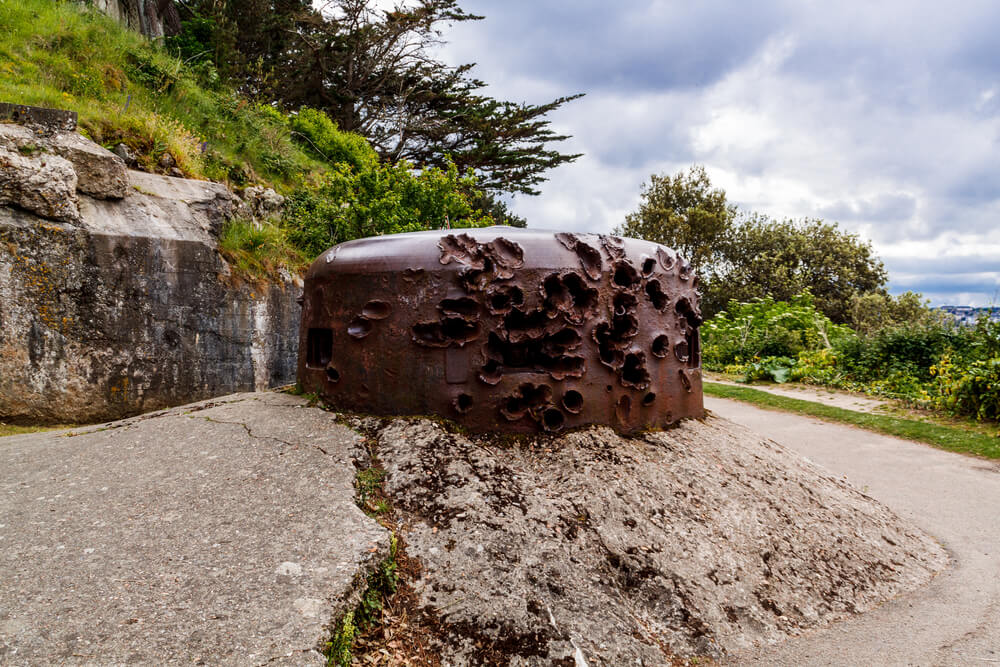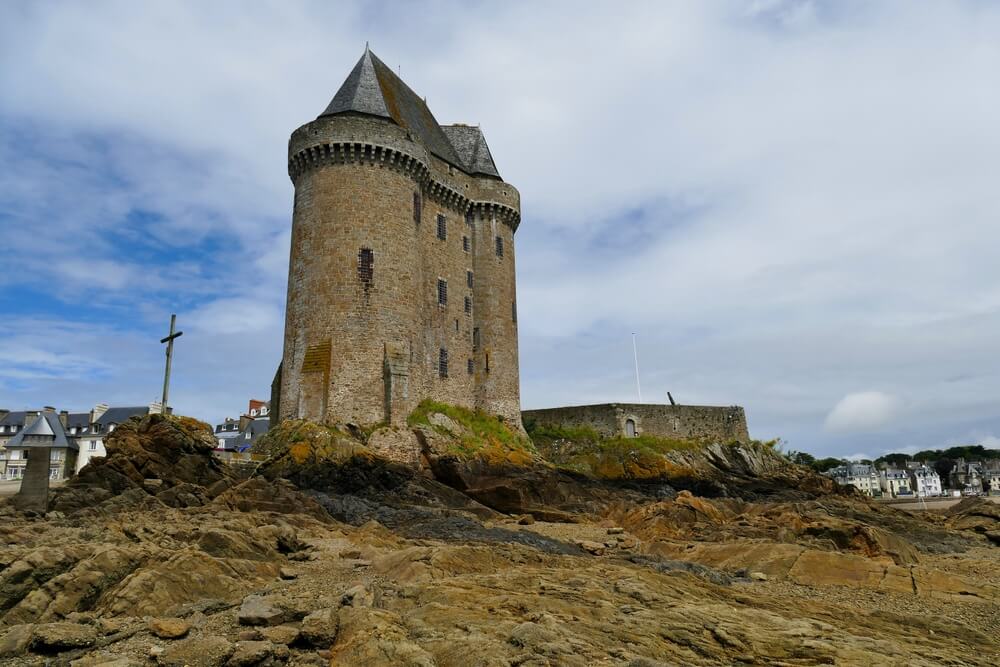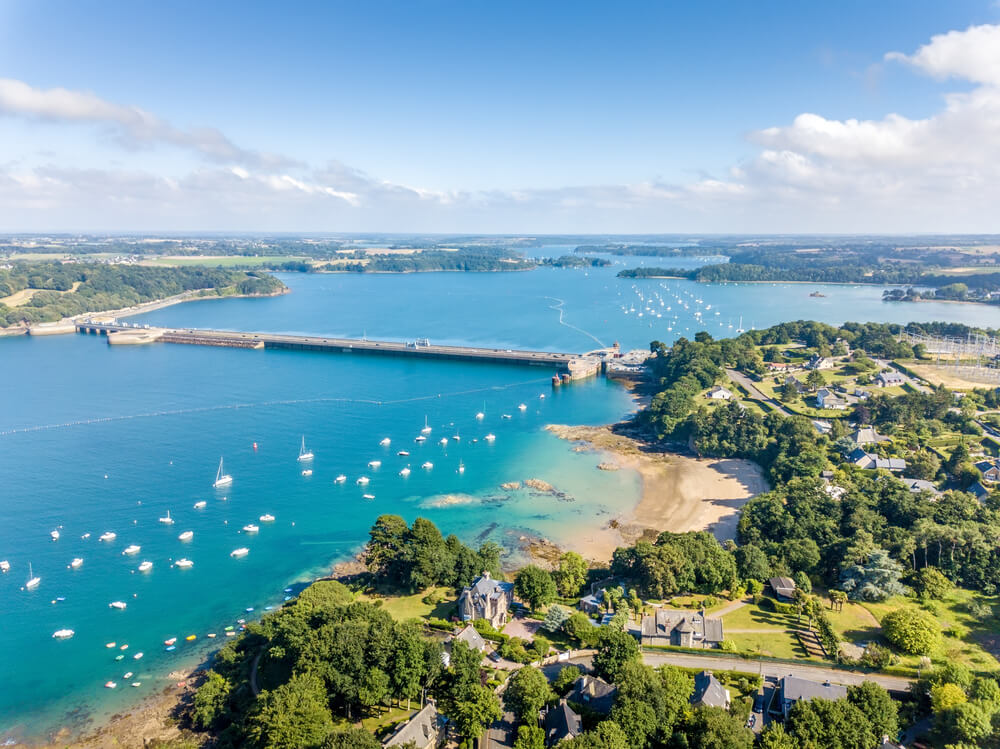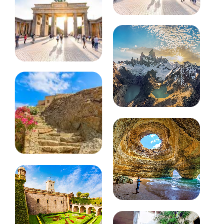Discover the Cité d’Aleth in Saint-Malo
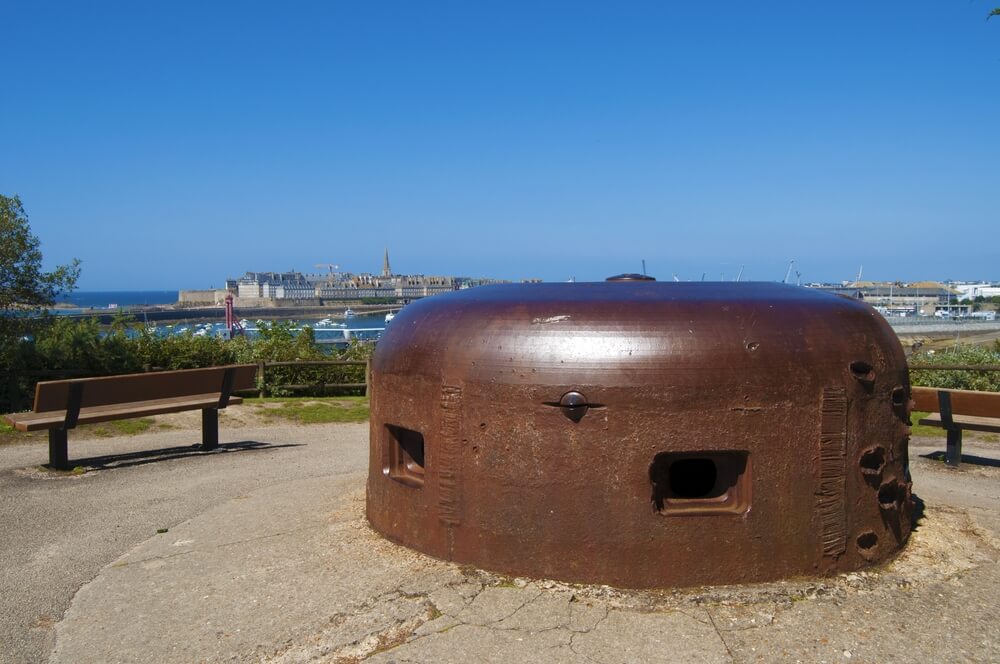
But there’s another architectural marvel that’s a must-see in Saint-Malo: the city of Aleth. This fourth-century fortress is also home to the Musée Mémorial 39-45, on a wooded peninsula offering a unique panorama.
Why visit the Cité d’Aleth in Saint-Malo?
There are many reasons to pique your curiosity and encourage you to visit this charming site in the corsair town:
- The view of the Emerald Coast, Dinard and the Bay of Saint-Malo from the fort, this peninsula will give you the impression of being far away and isolated from city life, even though it is only a few hundred metres from Saint-Malo.
- Discover Gallo-Roman remains in the town of Alet.
- This ancient city bears witness to the first inhabitants of Saint-Malo, long before the present-day old town became the new site of the Maloins from the 12th century onwards.
- You’ll discover the region’s oldest place of worship in the Cathédrale Saint-Pierre d’Alet, now in ruins, and its history.
- Archaeology buffs will love this site, which was once the capital of the Coriosolites, the Celtic people who lived here in the 1st century BC.
- Visit a blockhouse built during the Second World War, which houses the 3-storey Musée Mémorial 39-45.
- The 18th-century fort of the town of Alet.
At the mouth of the Rance, close to the old town, the bas sablons and Saint Servan, it would be a shame to miss out on this historic and surprising heritage…. Taking you on a journey from the Gallo-Roman period to the Second World War.
What can you visit in the Cité d’Aleth in Saint-Malo?
The name of the town is spelt in 3 different ways: Aleth, Alet, or Aled in Breton, so it’s not a mistake if you see it spelt in these 3 different ways. Here are the sites you can visit in the town of Alet:
1 – Saint-Pierre d’Alet Cathedral
On Place Saint-Pierre, the ruins of this ancient cathedral bear witness to the prestige of this monument, which was destroyed in the 13th century during a revolt by the inhabitants of Alet. Built in the 10th century, it provides evidence of the high level of activity on the site at that time. The episcopal see was located in Aleth until the 12th century, when it was transferred to Saint-Malo.
Although remains clearly show that the site was occupied from the Neolithic period onwards, it was the Coriosolites, a Celtic people who lived mainly in Armorica, who transformed it into a capital. Later, repeated assaults by the Franks, Saxons and Normans led the inhabitants to take possession of the rock of Saint-Malo before settling there for good.
2 – The rampart
Situated in the rue Saint-Pierre, this wall belonged to a rampart built in the 3rd century, and it has been established that it was 3 to 4 metres high.
3 – The fortress of Saint-Malo
In the 18th century, the top of the fortress was reinforced to protect it from English invasion. German troops built galleries in the fortress during the 2nd World War, and it was modernised by the Todt organisation in 1942.
Here you will find armoured bells that bear the stigma of intensive Allied bombing during this dark period on the peninsula, which was then held by the Germans.
It took the Germans 8 days of shelling and 2 assaults to dislodge them from the fortress, which was made up of a vast network of subterranean tunnels linking the bunkers and turrets and running around the peninsula.
4 – The 39/45 Memorial
This is a museum that brings together numerous photos of the Second World War, objects and documents relating to this very specific period. The exhibition is held in a 3-storey blockhouse.
5 – The Solidor Tower
This 14th-century fortified building is made up of 3 towers, and its main role was to check access to the Rance. During the Revolution, it became a prison where many soldiers and clerics were imprisoned. In the 1970s, the tower became a museum dedicated to the history of navigators. A rich and varied collection explains the harsh living conditions of these crews, who sometimes set off on a long-haul voyage with no return, to Cape Horn or elsewhere.
Take advantage of the sublime view from the top of the tower to take some magnificent photos of the sea, the Solidor district, Dinard, the Rance dam and the Cité d’Alet.
6 – Quai Solidor
A place steeped in history. This was once the place where the boats of the dreaded Malouin privateers were built, and 1,000 trees were needed to build a single boat.
7 – The Rance dam
This dam was built on the Rance estuary to power a tidal power plant that uses the force of the tides to draw its energy.
This system is capable of producing enough electricity for 200,000 local residents.
The Cité d’Alet is a timeless place to wander around. Make the most of this haven of peace by trying out a bench just across from the immensity of the sea, where you can relax for a moment and breathe in the fresh sea air! As the route is hilly, you’ll appreciate taking a short break from time to time on one of these benches to catch your breath.
200 audioguided tours for cities all around the world
Download